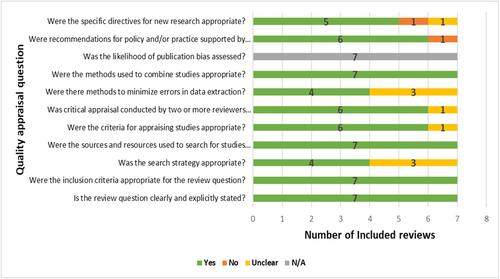Artificial Intelligence in Dental Caries Diagnosis and Detection: An Umbrella Review
Abstract
Background and Aim
Dental caries is largely preventable, yet an important global health issue. Numerous systematic reviews have summarized the efficacy of artificial intelligence (AI) models for the diagnosis and detection of dental caries. Therefore, this umbrella review aimed to synthesize the results of systematic reviews on the application and effectiveness of AI models in diagnosing and detecting dental caries.
Methods
MEDLINE/PubMed, IEEE Explore, Embase, and Cochrane Database of Systematic Reviews were searched to retrieve studies. Two authors independently screened the articles based on eligibility criteria and then, appraised the included articles. The findings are summarized in tabulation form and discussed using the narrative method.
Result
A total of 1249 entries were identified out of which 7 were finally included. The most often employed AI algorithms were the multilayer perceptron, support vector machine (SVM), and neural networks. The algorithms were built to perform the segmentation, classification, caries detection, diagnosis, and caries prediction from several sources, including periapical radiographs, panoramic radiographs, smartphone images, bitewing radiographs, near-infrared light transillumination images, and so forth. Convoluted neural networks (CNN) demonstrated high sensitivity, specificity, and area under the curve in the caries detection, segmentation, and classification tests. Notably, AI in conjunction with periapical and panoramic radiography images yielded better accuracy in detecting and diagnosing dental caries.
Conclusion
AI models, especially convolutional neural network (CNN)-based models, have an enormous amount of potential for accurate, objective dental caries diagnosis and detection. However, ethical considerations and cautious adoption remain critical to its successful integration into routine practice.


 求助内容:
求助内容: 应助结果提醒方式:
应助结果提醒方式:


